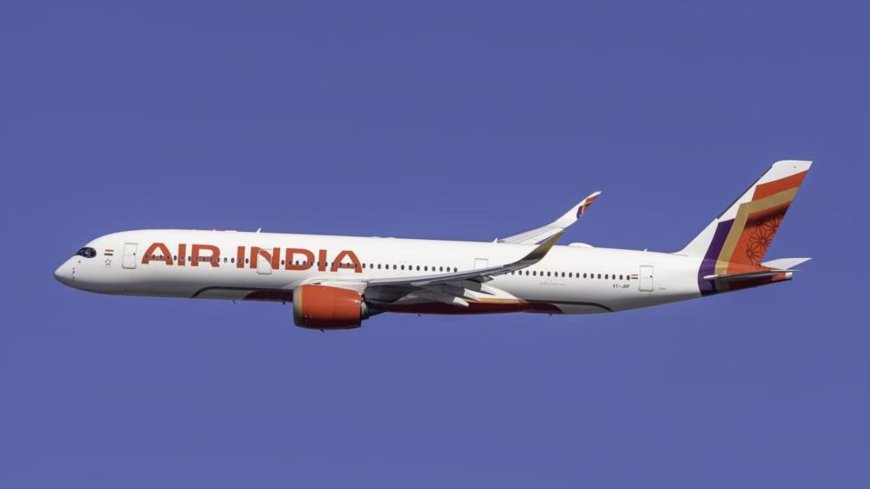Delhi, India: A routine Air India flight from Delhi to Mumbai became the center of a high-stakes security operation after an unexpected hijacking alert disrupted air traffic on Monday night.
Shortly after takeoff, Air India Flight AI2957, an Airbus A320Neo, sent out the international hijacking distress code ‘7500’ from its transponder at 8:40 pm, triggering immediate emergency protocols. Within minutes, both Delhi and Mumbai airports were on high alert, and a full-scale emergency was declared as the aircraft neared Mumbai.
However, just three minutes after sending the distress signal, the pilots informed Delhi Air Traffic Control (ATC) that it was a false alarm. Despite the pilots’ clarification, uncertainty surrounding the nature of the alert prompted a large-scale security response, including a thorough sweep by the National Security Guard (NSG) and the Central Industrial Security Force (CISF) once the aircraft landed in Mumbai at 9:47 pm.
DGCA officials are still investigating the cause of the mysterious alert, considering whether it stemmed from pilot error, a misinterpretation by the ATC, or a technical glitch with the aircraft’s systems. The cockpit voice recorder will be crucial in determining the sequence of events that led to the emergency alert, which lasted for three minutes before being cleared.
This incident echoes a similar event in 2005, when a Virgin Atlantic flight was forced to land after a ‘7500’ squawk, which was later found to be a false alert.
Authorities are treating the situation with utmost seriousness, as even false alarms must be met with strict security measures. The investigation is ongoing, and more details will be revealed once the inquiry is concluded.




 Previous
Article
Previous
Article












